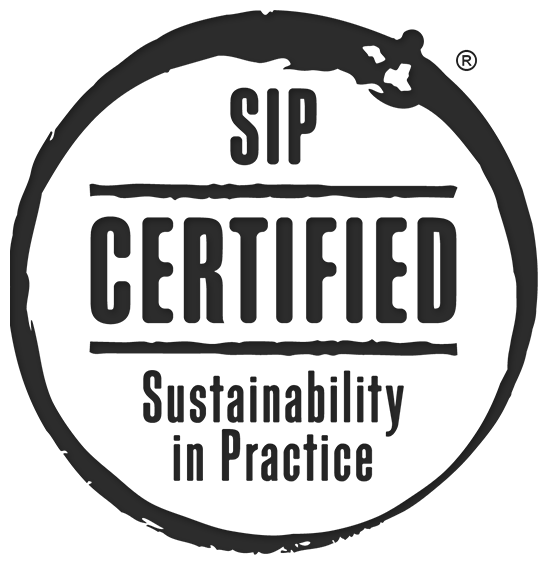Walking togetherThe ideal place, right in our yard
All the vineyard we use are owned by our family; we work in it day by day, so we can follow the vintage trend in the vineyard. We follow all the practice of the organic viticulture, obtaining very good grape, ready to make the best wine possible.Aglianico
The King of the Campania variety. With this grape we make our most structured and aged wines.Aglianico I.G.T., 200 meters above the sea level, Paupisi.
Aglianico Sannio D.O.C., 350 meters above the sea level, S. Stefano di Vitulano.
Aglianico Impeto, 400 meters above the sea level. S. Stefano di Vitulano.
Aglianico Taburno dog, 250 meters above the sea level, Torrecuso.
Falanghina
Thanks to his ductility we can produce a lot of different wine with this variety. From Sparkling wine to a more structured white aged in barrique, to a late harvest.Falanghina doc, 250 meters above the sea level, Paupisi.
Falanghina doc, 200 meters above the sea level, Paupisi.
Falanghina igt, 200 meters above the sea level, Ponte.
Falanghina igt, 150 meters above the sea level, Ponte.
Camaiola
Also known as Barbera del Sannio. It’s a more fruity and less tannic wine than Aglianico.275 meters above the sea level, Paupisi.
Greco
IOur Greco wine is produced from a single vineyard, Pezze Cru. It’s a fine wine, that respect all the main characteristic of the variety.Pezze int, 250 meters above the sea level, torrecuso.

TerritoryMother Earth
The best raw material that nature offers us as a gift must be preserved and protected at every stage of our processing. Our vineyards, from the slopes of Mount Taburno up to 400 meters above sea level, have a variety that allows us to find, every year, the right mix of atmospheric and morphological conditions and, therefore, offer wines with extraordinary complexity.
SustainabilityEcosistem
As children of this Territory, our respect for the environment is absolute, both in the vineyard and in the cellar. Our wines are produced organically. We know that a wine production like ours can become a real revolution if, through our bottles, it becomes the bearer of a vital concept: the Environment must not only ask, but also give.










